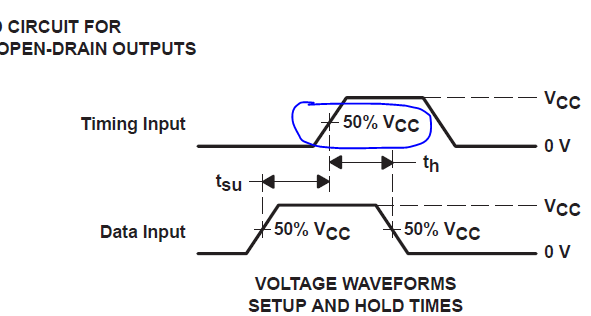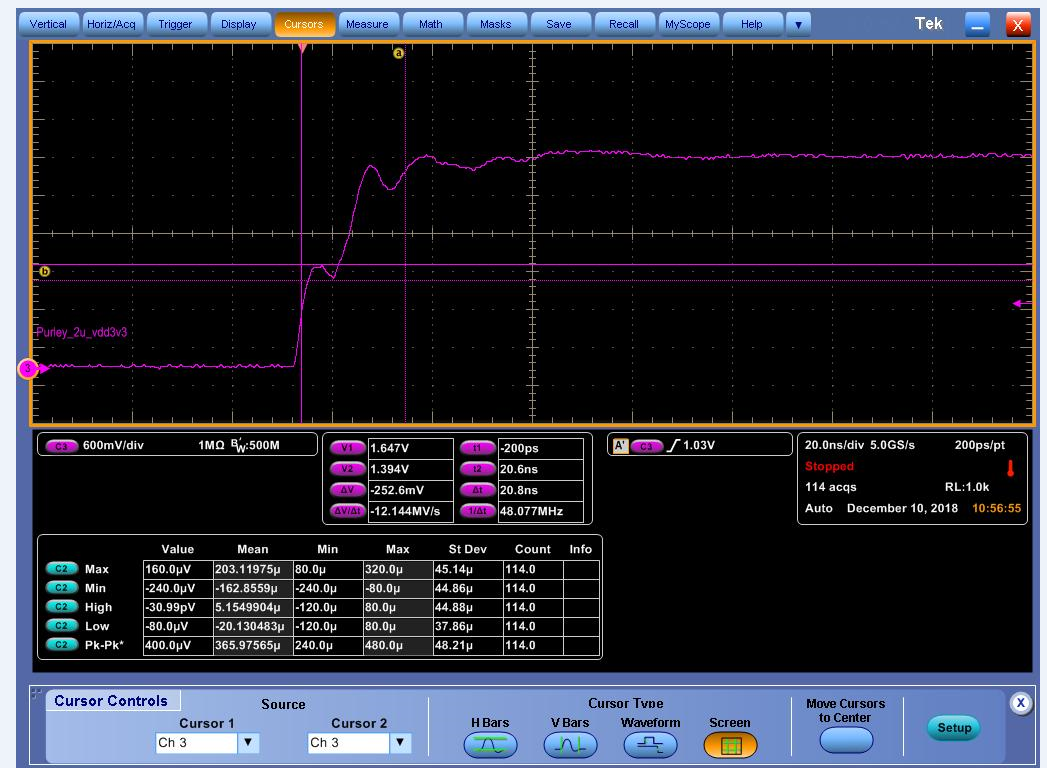Hi team,
Because the SRCLK and the RCLK is the positive edged triggered.
Does it triggered in 50% of the edge? The customer want to know the exact voltage for the clk to sample the data.
Do you have the CLK voltage to sample the data?
Lacey
Thanks a lot!




